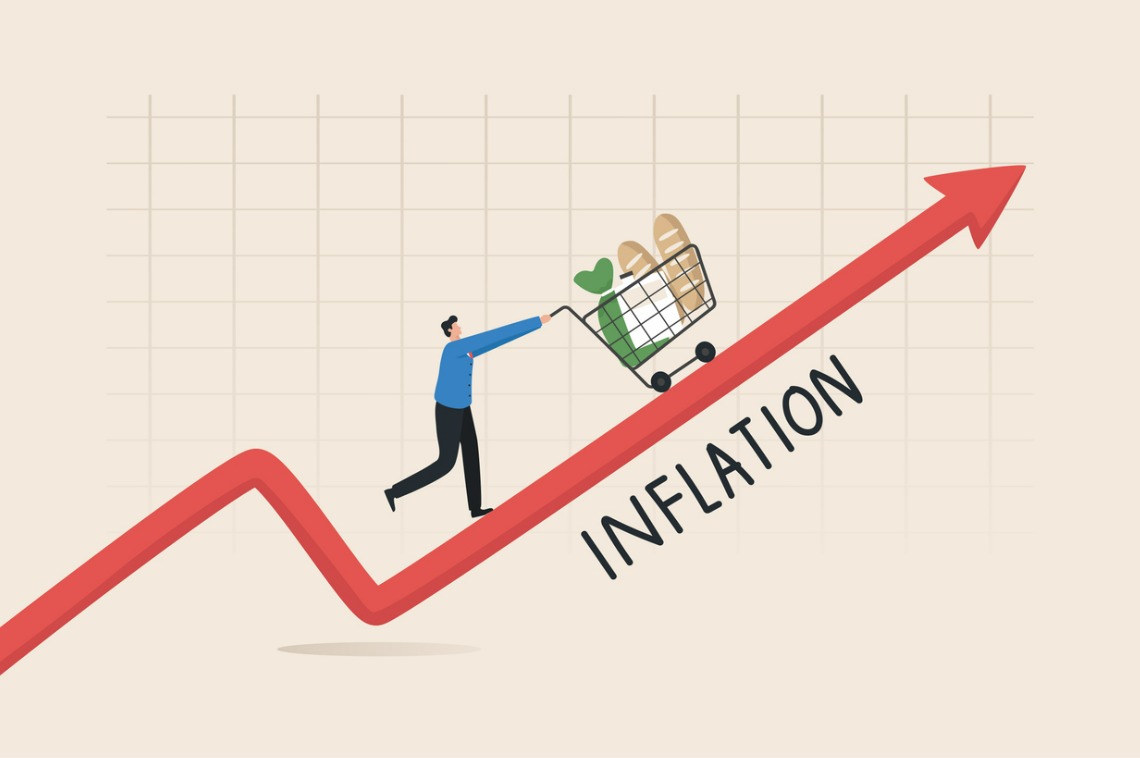Hopes for lower mortgage rates soon were tempered Apr. 26 as inflation showed little signs of easing in March, with a key report the Federal Reserve eyes closely showing that price pressures remain elevated.
The PCE Index, the Federal Reserve’s preferred measure of inflation, rose 2.8% from a year ago in March, the same as in February, the Commerce Department reported. That was above the 2.7% estimate from the Dow Jones consensus. Disposable personal income, personal income less personal current taxes, increased $104.0 billion (0.5%) and personal consumption expenditures increased $160.9 billion (0.8%).
Excluding food and energy, the PCE price index increased 0.3%. Real DPI increased 0.2% in March and real PCE increased 0.5%; goods increased 1.1% and services increased 0.2%.
The PCE index tracks prices, consumer spending and fluctuations in them month to month. The data showed that inflation is continuing to make progress lower, potentially giving the Fed a green light to start cutting interest rates later this year, which would lower mortgage rates as well. The central bank targets 2% as a healthy annual inflation rate.
The increase in current-dollar personal income in March primarily reflected an increase in compensation.
The $160.9 billion increase in current-dollar PCE in March reflected an increase of $80.6 billion in spending for services and a $80.3 billion increase in spending for goods. Within services, the largest contributors to the increase were health care (both outpatient and hospital services) and housing and utilities (led by housing). Within goods, the largest contributors to the increase were gasoline and other energy goods (led by motor vehicle fuels, lubricants, and fluids), other nondurable goods (led by recreational items), and food and beverages.

